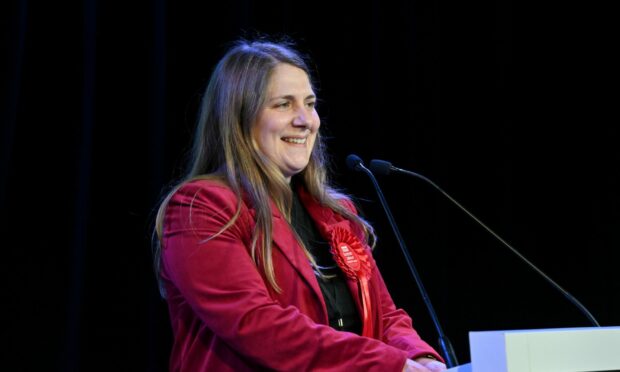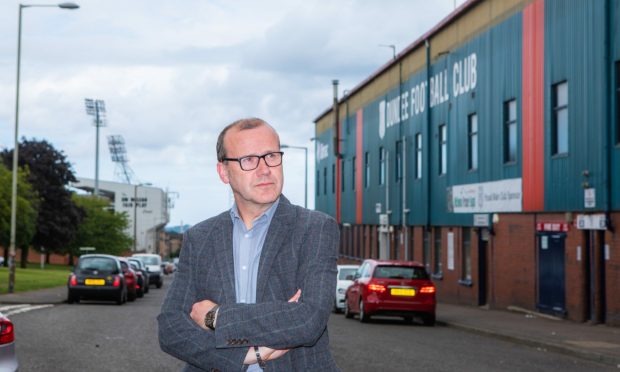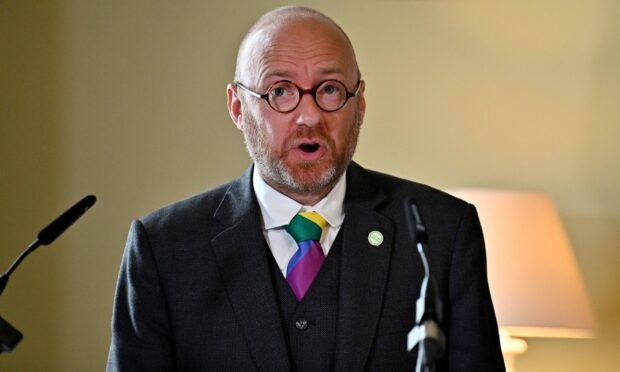Dundee is in danger of becoming “completely unaffordable” for struggling tenants as rental costs in the city soar yet again.
New figures show the average cost of a two-bed home across the city and in neighbouring Angus has shot up by nearly 50% in the past 13 years.
It means new renters in the two Tayside council areas will be forced to spend an extra £67 to landlords every month, despite a rent cap being in place for previous tenants.
Meanwhile, the cost of a three-bed or four-bed property has risen by more than 60% since 2010 as tenants continue to feel the pinch.
Tenants’ union, Living Rent, warned Dundee is at risk of going down the same path as Glasgow and Edinburgh, where prices have skyrocketed.
‘Completely unaffordable’
Secretary Aditi Jehangir said: “For rents in Dundee and Angus to have increased six points above inflation highlights landlords’ attitude that it’s one rule for them and another for the rest of us.
“Without action from the Scottish Government, it is clear that Dundee is in danger of following Edinburgh and Glasgow in becoming completely unaffordable for tenants.”
At the start of this year, we revealed Dundee flatshare prices had increased by the second highest rate in the UK, at 33% in a single year.
Across the whole of Scotland, the average price for a two-bedroom property has increased by more than £100 each month in the space of a year.
Costs have increased by 50% in Fife since 2010, another area bearing the brunt of the crisis facing the rental sector.
Why have prices increased despite the rent freeze?
Prices continued to rise for tenants even though the Scottish Government introduced a rental cap last year, which remains in place.
The controversial policy limited nearly all landlords to increases of no more than 3%, and severely restricted the ability to evict renters.
But the policy only covers existing tenancies, meaning those looking for new properties face unprecedented rises in how much they pay.
Landlords have further increased rents in response to last year’s disastrous Tory mini-budget when short-live prime minister Liz Truss sent interest rates soaring.
Property owners say they need to charge tenants more to ensure the price of their mortgage is covered.
John Blackwood, chief executive of the Scottish Association of Landlords, said: “The figures published today highlight the need for the Scottish Government to end damaging rhetoric and encourage investment in all parts of the housing sector in Scotland.
“Over 20,000 properties have been removed from the private rented sector in recent years, reducing supply and driving up prices.”
But critics of the sector claim landlords are profiting at the expense of struggling renters.
Dundee Labour MSP Mercedes Villalba, a strong supporter of the rent freeze, said the city is now being regarded as “Scotland’s buy-to-let capital” for investors.
She said: “Today’s Scottish Government figures detailing spiralling private sector rents over the last 13 years show what we already know – that there is a housing emergency in Dundee and Angus, and across Scotland, and that tenants are on the front line.”
Ms Villalba first made calls for a housing emergency to be declared in Dundee last week due to extreme rental rises.
But the city’s SNP administration disputed the need and claimed it could put further pressure on frontline workers tackling the crisis.
Coldside Councillor Mark Flynn, who is the convenor for neighbourhood redevelopment, said: “The people at the front of this are in difficult circumstances as it stands.
“We shouldn’t be putting more pressure on them.”
He added: “We have to accept there are housing pressures. We’ve got landlords leaving the sector due to a number of factors.
“We’ve got new build costs with material costs and labour costs, and interest rates, primarily caused by Brexit and the economic crash caused by the UK Government.”
Mr Flynn said the rising rental costs in Dundee were of “real concern” after the latest figures were released.
He said problems facing renters in the city had been compounded by Westminster’s refusal to unfreeze housing benefits, a policy which was reversed last week.
Mr Flynn added: “The local housing allowance level for the city needs to be reviewed urgently as the current level is clearly too low.”
Scottish Green government minister Patrick Harvie, who wants to introduce longer term rent controls, said the price cap had offered tenants “stability”.
He said: “These statistics show rents in Scotland have been rising for more than a decade, and they are evidence of the importance of action to make rents more affordable.
“There is no one solution to addressing rent affordability and our work to introduce long term rent controls as part of the next Housing Bill is one measure being taken forward.”
The government was urged to ditch the rent freeze – which is due to expire in March – by the Scottish Tories and worried landlords.




Conversation